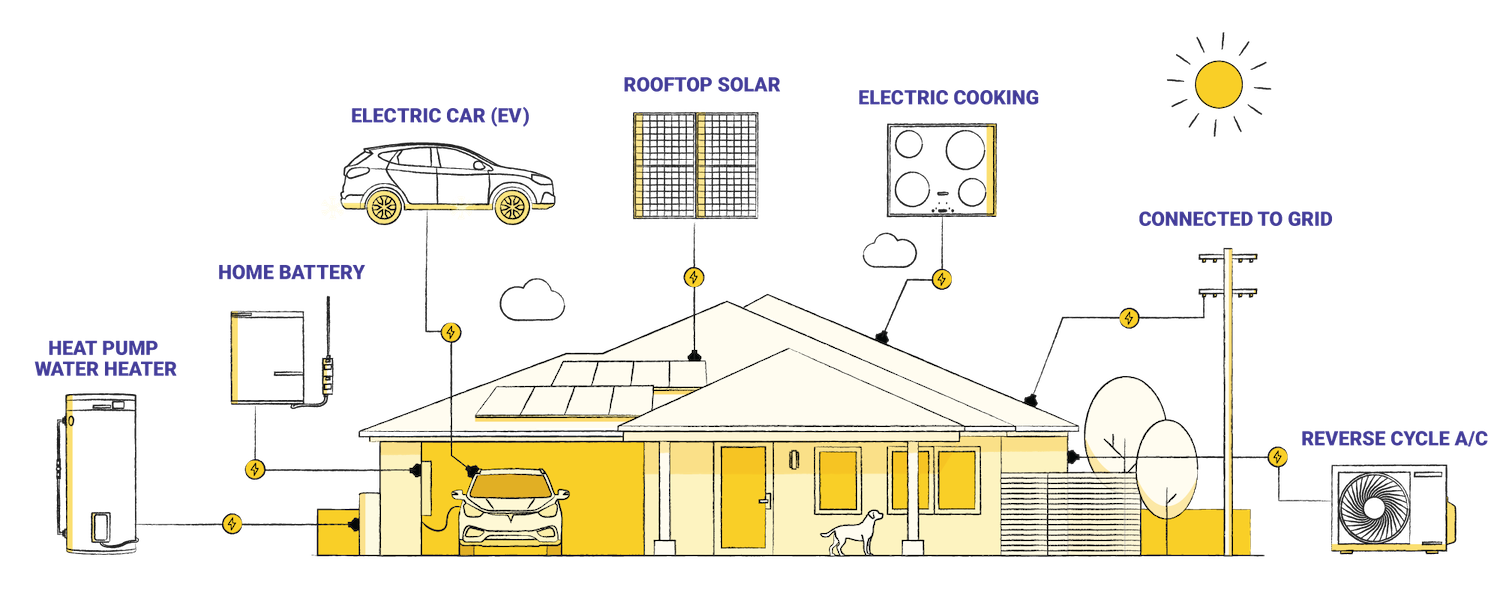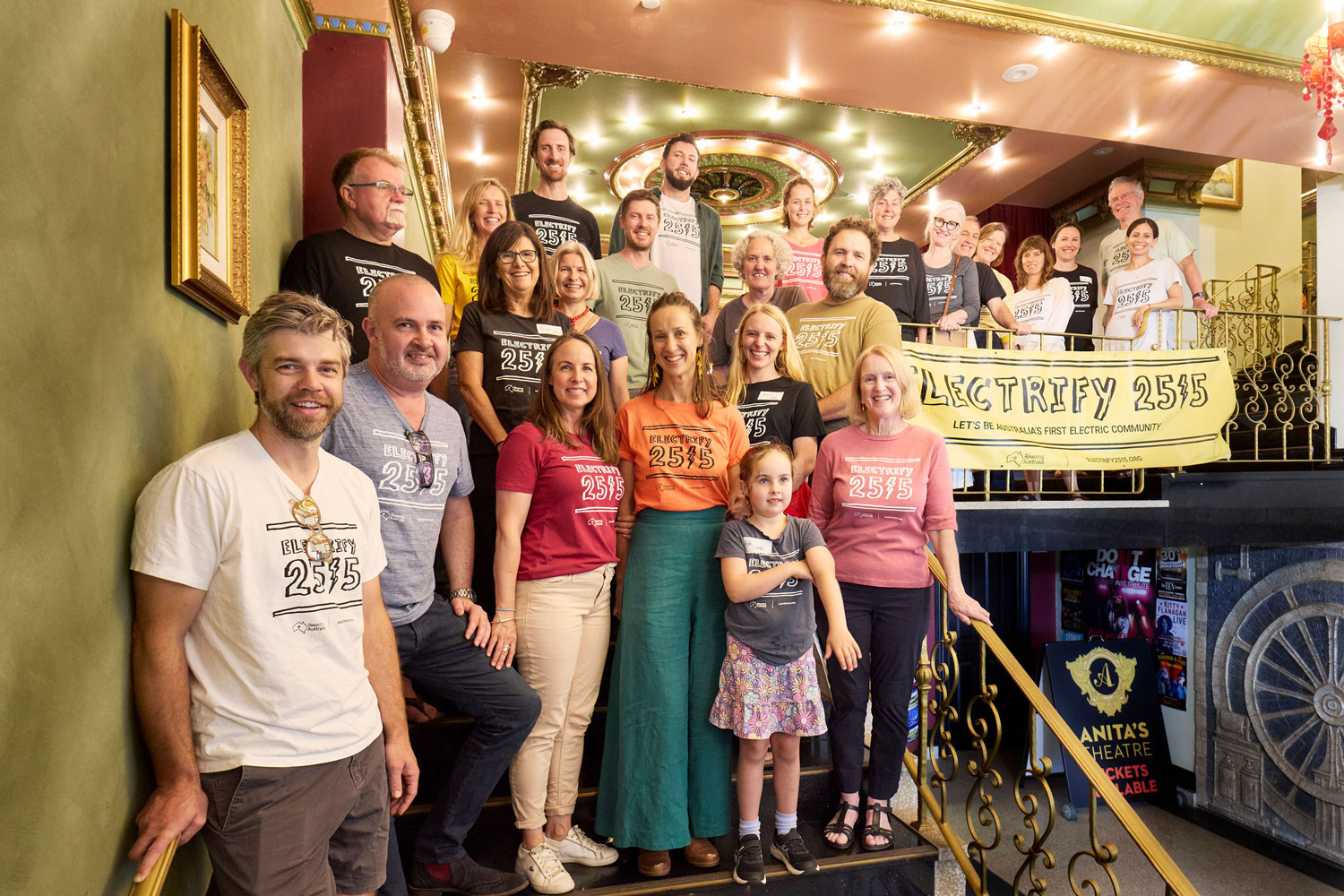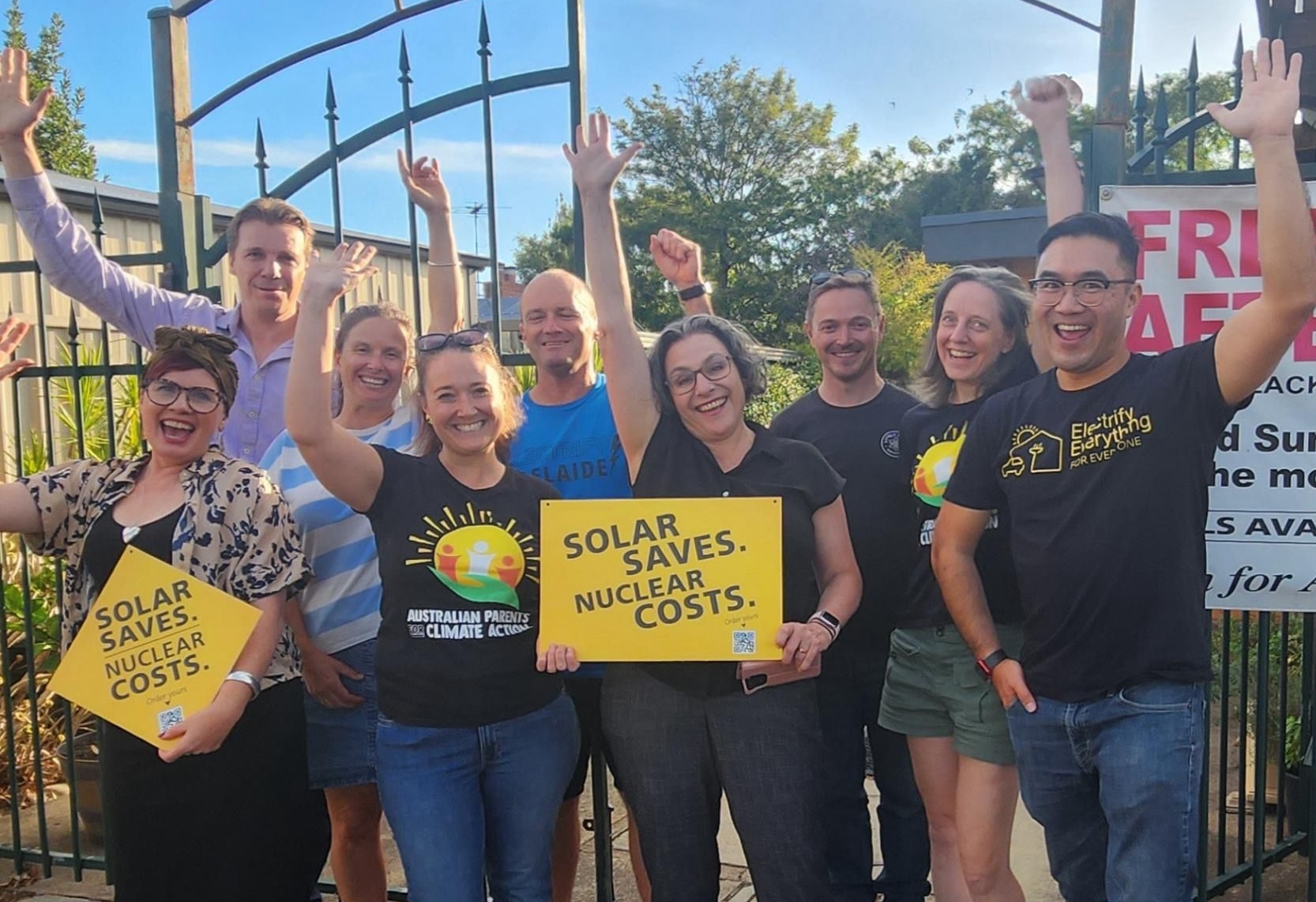
We’re helping Australians quit expensive, polluting fossil fuels and upgrade to cheap, clean and efficient energy. By electrifying everything and powering it with our abundant sunshine, we can cut energy bills, lower emissions and create a fairer energy system for everyone.




